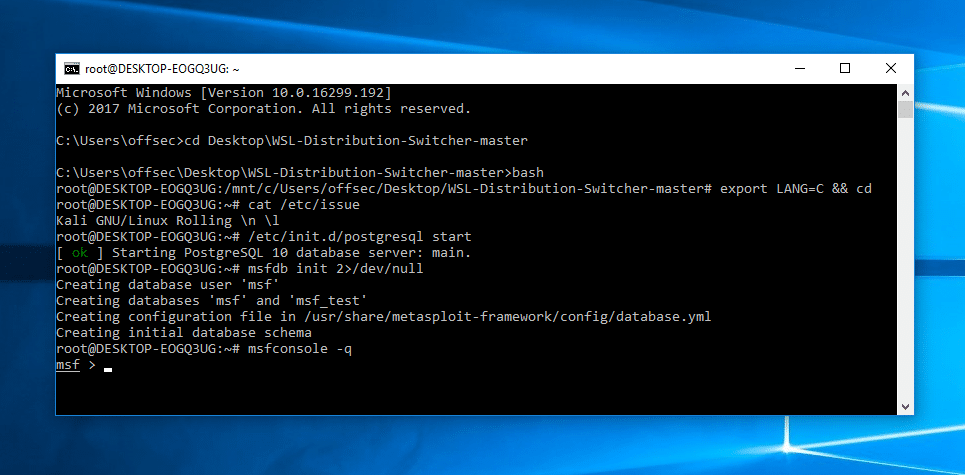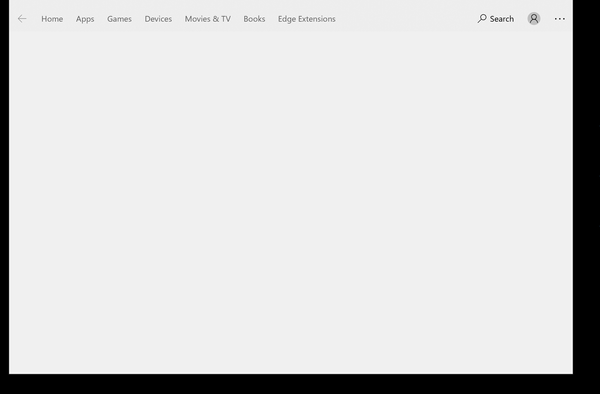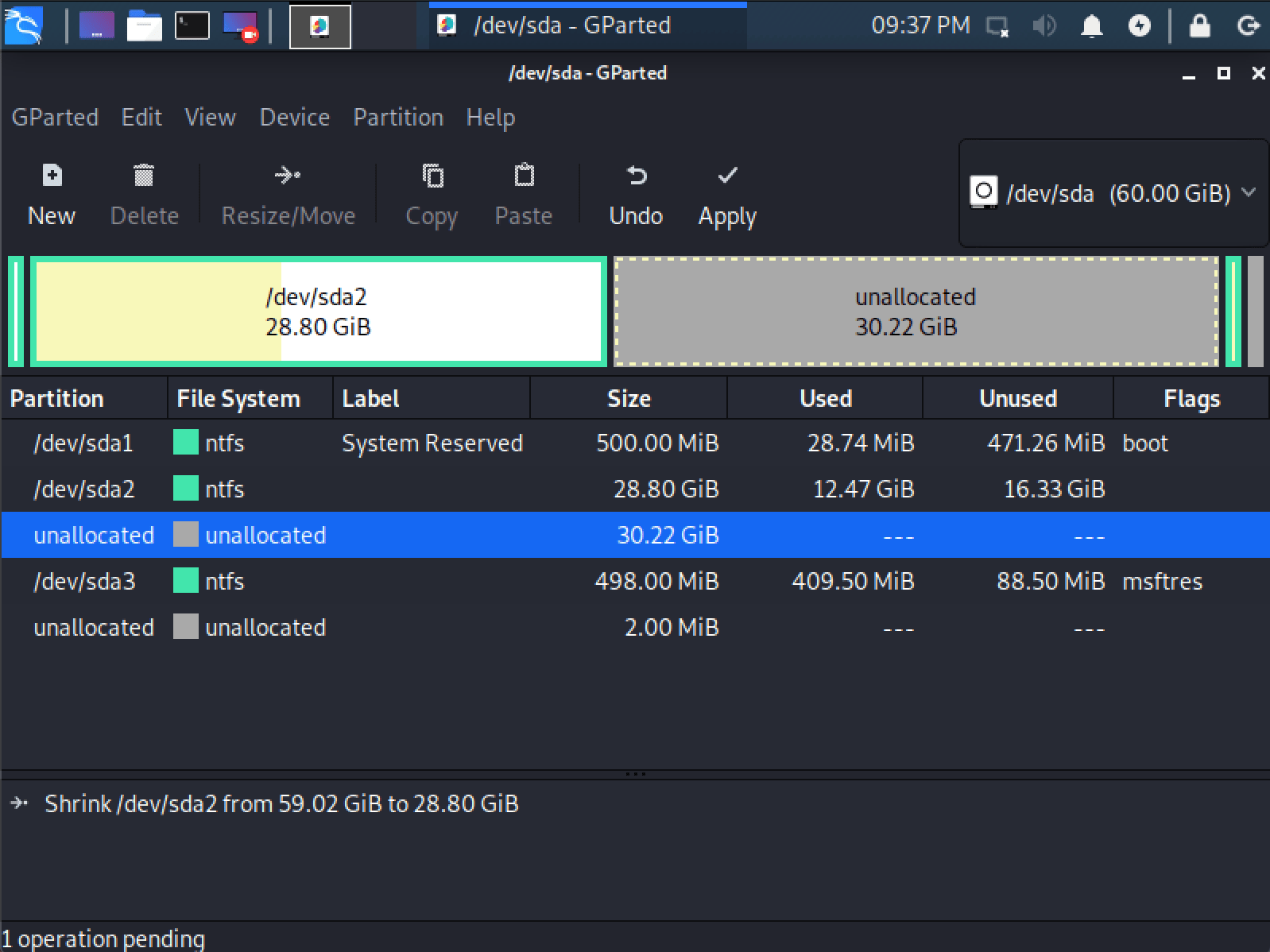


If you're not a Linux aficionado, I would strongly recommend taking the time to learn it. I briefly courted Red Hat and had an extended love affair with Gentoo, but I've since chosen Debian as my long-term Linux partner. Let's break down some of the key commands to use in PowerShell that you'll need to know.I've been a Linux guy for over 20 years at this point, falling in love with Linux back in 2001. You're able to set either as default as well as setting a version specifically to each Linux distro you have on your PC. This means you can run Linux installs with a combination of different versions. The good thing about WSL2 is that it doesn't replace WSL1. If you want to reboot immediately, simply omit this from the end of the command.

Open PowerShell as administrator and enter this command: dism.exe /online /enable-feature /featurename:Microsoft-Windows-Subsystem-Linux /all /norestartĮventually, you will need to reboot your PC, adding norestart means you won't be immediately kicked out of whatever you're doing.

The first is by adding -enable-wsl1 to the install command used above.īut you can also enable the component at any time, even after you already have WSL2 up and running. Fortunately, you can do this in two ways. WSL2 is now the standard, but if for any reason you also want to use WSL1 alongside it, you'll need the optional Windows Subsystem for Linux component enabling. How to enable Windows Subsystem for Linux optional component for WSL 1 You will also require the optional Windows Subsystem for Linux component if you wish to also use WSL 1 alongside WSL 2. Alternatively, you can download it directly from its Microsoft Store listing. WSL is now distributed through the Microsoft Store and the simplified installation process will pull this version in.


 0 kommentar(er)
0 kommentar(er)
